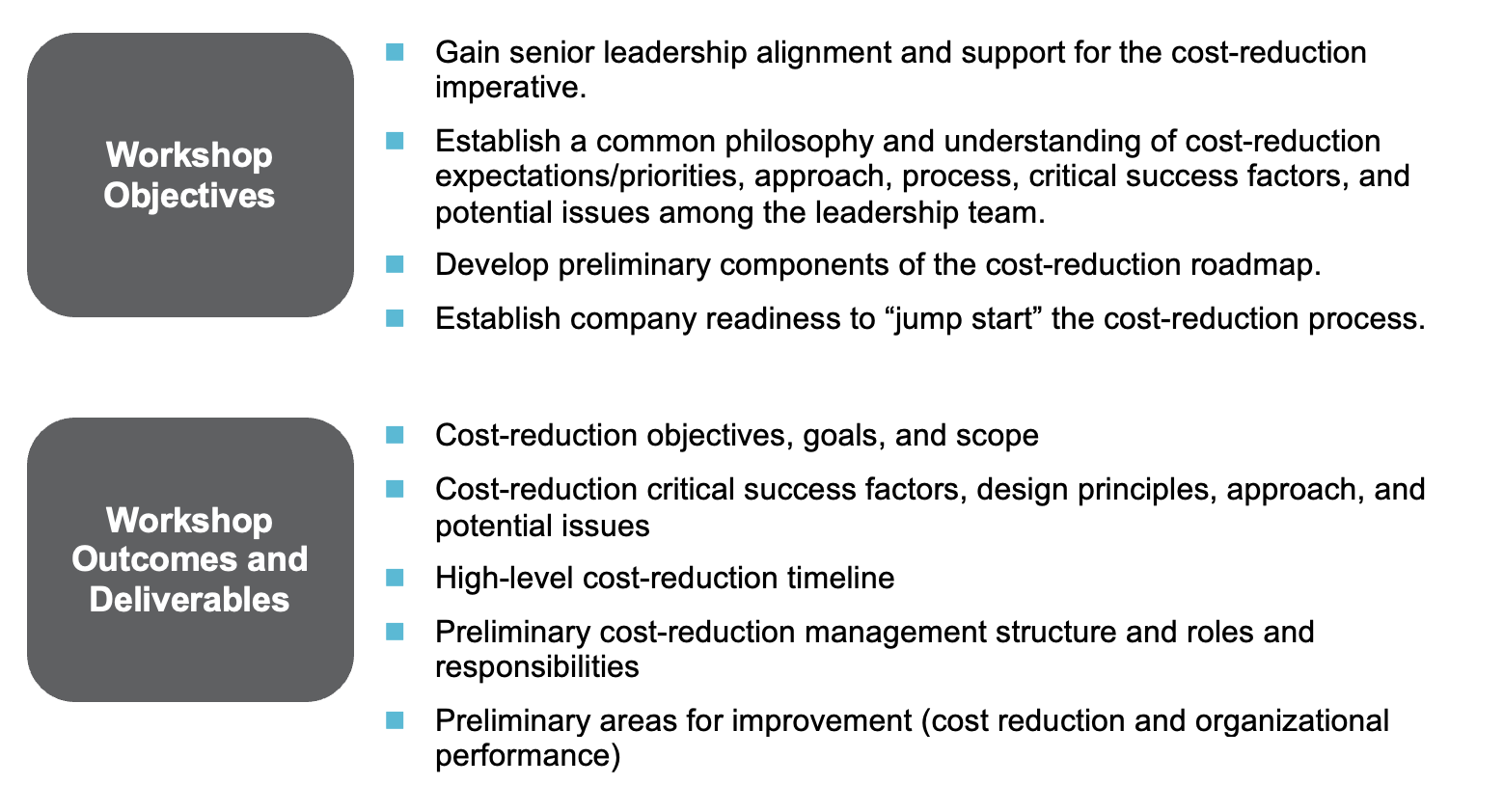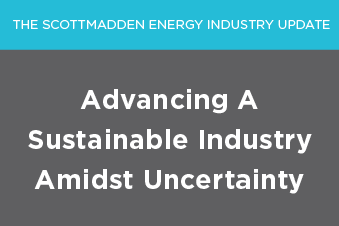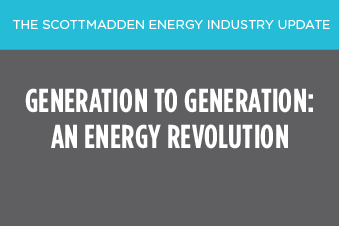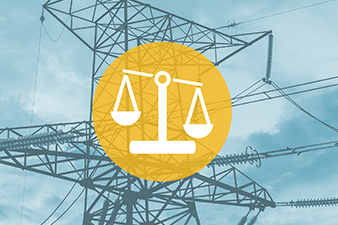
Key Elements for Success
Slow economic and demand growth coupled with increased penetration of distributed energy resources (including energy efficiency) has resulted in declining energy industry sales and revenues. Many companies have witnessed their non-fuel O&M costs increase in the face of rapidly declining generation and sales, creating an unsustainable environment (see charts below). To avoid increasing energy rates and further eroding sales, companies are looking to reduce costs to meet shareholder expectations. This document provides an overview of the steps that you can take to achieve sustainable cost reductions.

To achieve significant, sustainable savings a methodical approach is important. The proven seven-step approach described below showcases the importance of the right steps in the right order to make the biggest impact.


![]()
Step 1: Establish and Communicate the Cost-Reduction Imperative
Establishing and communicating an easily understood imperative will help to ensure buy-in at all levels. One approach is simply illustrating the unsustainable environment of increasing costs relative to flat to declining revenues (see charts above). Another approach is using shareholder expectations to help to communicate the need for cutting costs (e.g., comparing management aspirations for earnings per share (EPS) to industry and/or analyst expectations—see example chart below). The gap between the analysts/industry forecasts and management’s EPS goals can be converted to cost-reduction and revenues requirements and highlight the need to further reduce costs.

![]()
Step 2: Gain Senior Leadership Alignment and Support Early in the Process
Conducting a cost-reduction planning workshop with senior leadership will ensure alignment and support for the cost-reduction process. When preparing for the workshop, you should consider the objectives as well as the outcomes and deliverables you want to achieve. Examples are shown below.

![]()
Step 3: Determine Your Cost-Reduction Approach
Four cost-reduction approaches are predominant. Each approach varies as to its ideal application and time to implement.

Often, the best cost-reduction approach for an organization can be crafted using elements of each of the methods. Regardless of the cost-reduction method, an ideal approach should:
- Fit the organization’s culture
- Achieve reductions with minimal impact on employee morale
- Retain high-potential and high-performing employees
- Ensure retention of organization knowledge that may not be well-documented
- Reduce work where necessary to ensure savings are sustainable
- Remove poor performers
- Once announced, stress frequent and meaningful communications
![]()
Step 4: Document and Communicate Your Cost-Reduction Roadmap
To achieve buy-in to the changes, it is important to clearly document and communicate the reasons, plans, and timing of the initiative. Consider these elements in your communications:
Imperative and Objectives
- Describes the needs for cost-reduction and the desired outcome
- Provides clear understanding of cost-reduction needs and objectives to employees, customers, and other stakeholders
- Clearly identifies organizational priorities
Decisions Already Made
- Communicates key organization, operations, and infrastructure decisions that have already been made
- Provides clarity for participants during detailed design and implementation plan developments
Critical Success Factors and Principles
- Defines success and what principles are to be followed during the cost-reduction process
- Communicates an understanding of organizational values, beliefs, and philosophies
Approach, Process, and Timeline
- Defines the approach and process by which cost-reduction initiatives will be identified and documented
- Identifies and brings together key corporate planning and cost-reduction milestones
- Sets the pace and cadence for the cost-reduction process
Implementation Priorities and Critical Milestones
- Describes leadership’s expectations for implementation priorities
- Identifies critical implementation milestones to achieve cost-reductions
Management Structure and Roles
- Clearly defines roles and responsibilities for all participants
- Establishes decision rights and the decision-making structure
- Defines the interfaces of various resources and efforts within the cost-reduction process
![]()
Step 5: Establish a Phased Process that Focuses on Sustainable, Transformation Change

![]()
Step 6: Conduct the Cost-Reduction Exercise “Top Down” and “Bottom Up”
Using both a top-down and bottom-up approach allows you to create the most successful and sustainable plans by providing guidance and expectations while depending on your people to deliver on the details.
 |
Senior leadership should set the top-down expectations by first selecting the expected approach to complete the exercise. Next, they should define the timelines required for the process and set targets/parameters on cost savings and organizational changes. |
 |
Functional teams should build the plans bottom-up by using top performers from multiple levels of the organization. The team should identify the future managers of a function and involve them in the process, as possible. It is important to provide the teams the resources and latitude they need to be successful and encourage new approaches and ways of thinking. |
 |
Final plans should be challenged by the leadership team prior to approval. Leaders from each functional area should present their approach and encourage peers from other functions to question and challenge everything, including plans, assumptions, targets, etc. During this challenge period, ensure everyone is maintaining an open mind, and adjust plans as needed. |
![]()
Step 7: Ensure Long-Term Sustainability by Building Savings in Budgets and Initiatives in Business Plans

Key Success Factors
- Obtain CEO support (a platitude, but essential), then gain support of his/her directs.
- Establish a project structure with employee teams, one that is internally led. Consider the role of outside help—the project cannot be centered around consultants “chopping” costs, but consultants can help guide the process and help the teams achieve success.
- Establish a great core project team with recognized internal leaders (e.g., finance and HR, in partnership with consultants) to drive the process.
- Set reasonable targets informed by clear rationale (such as benchmarking).
- Focus on sustainability in cost reductions (i.e., translate cost-reduction targets into potential labor reductions).
- Make sure cost-reduction initiatives are “actionable” and clearly connect the path from current to future budgets.
- Track and monitor cost-reduction initiatives as they are being implemented to ensure they achieve cost savings.
- Utilize standard tools and templates to expedite the process and ensure deliverable consistency and quality.
Contact Us
If planning and expertly executing cost-reduction initiatives is a priority for you, ScottMadden can help. Support for cost-reduction initiatives has been one of the core competencies of ScottMadden since our founding in 1983. Recently, we assisted a large electric utility client in saving more than $500 million in annual O&M costs, and we have conducted myriad executive-level leadership team cost-reduction planning workshops. With significant experience assisting companies to successfully design and implement integrated operating models, our functional expertise in the energy industry is deep, and our consulting experience is broad—a combination we believe is unique in the consulting industry.
Contact us to discuss any questions you may have or how to get started on a cost-reduction approach for your organization.



































































